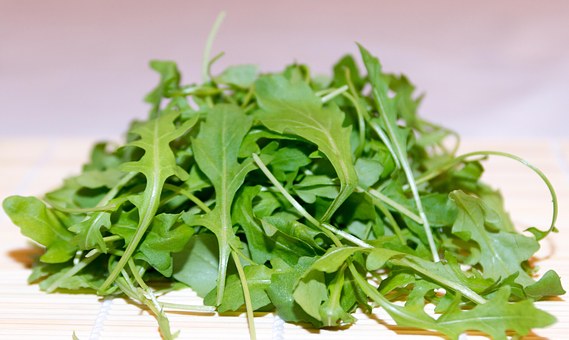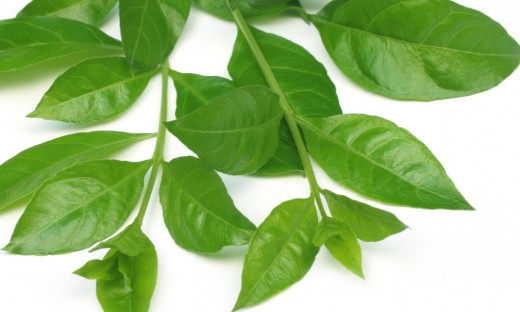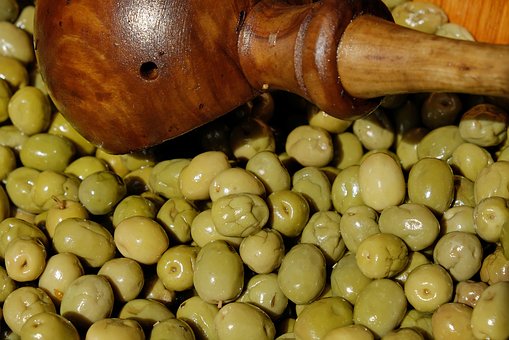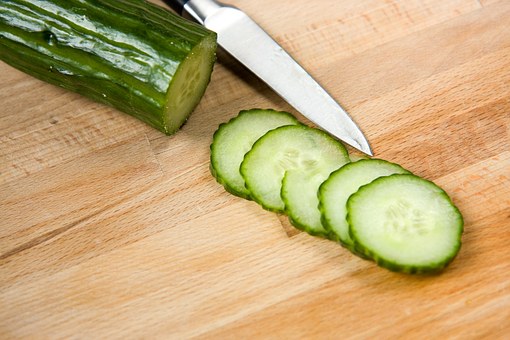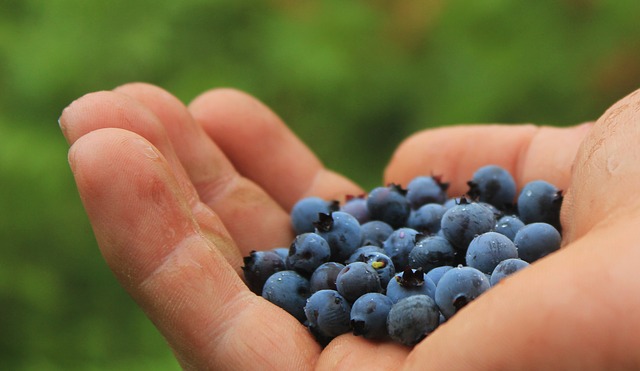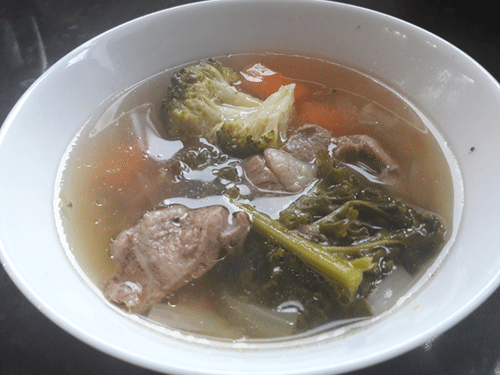Copy Link
Email
Print

Ginger is an herb. The rhizome (underground stem) is used as a spice and also as a medicine. It can be used fresh, dried and powdered, or as a juice or oil. Ginger is commonly used to treat various types of "stomach problems," including motion sickness, morning sickness, colic, upset stomach, gas, diarrhea, nausea and vomiting after surgery, as well as loss of appetite. Other uses include treating upper respiratory tract infections, cough, and bronchitis.
Cady RK, Goldstein J, Nett R, Mitchell R, Beach ME, Browning R. A double-blind placebo-controlled pilot study of sublingual feverfew and ginger (LipiGesic? M) in the treatment of migraine. 1. headache. 2011 Jul-Aug;51(7):1078-86. doi: 10.1111/j.1526-4610.2011.01910.x. Epub 2011 Jun 1. BACKGROUND: Therapeutic needs of migraineurs vary considerably from patient to patient and even attack to attack. Some attacks require high-end therapy, while other attacks have treatment needs that are less immediate. While triptans are considered the "gold standard" of migraine therapy, they do have limitations and many patients are seeking other therapeutic alternatives. In 2005, an open-label study of feverfew/ginger suggested efficacy for attacks of migraine treated early during the mild headache phase of the attack. METHODS/MATERIALS: In this multi-center pilot study, 60 patients treated 221 attacks of migraine with sublingual feverfew/ginger or placebo. All subjects met International headache Society criteria for migraine with or without aura, experiencing 2-6 attacks of migraine per month within the previous 3 months. Subjects had <15 headache days per month and were not experiencing medication overuse headache. Inclusion required that subjects were able to identify a period of mild headache in at least 75% of attacks. Subjects were required to be able to distinguish migraine from non-migraine headache. Subjects were randomized 3:1 to receive either sublingual feverfew/ginger or a matching placebo and were instructed but not required to treat with study medication at the earliest recognition of migraine. RESULTS: Sixty subjects treated 208 evaluable attacks of migraine over a 1-month period; 45 subjects treated 163 attacks with sublingual feverfew/ginger and 15 subjects treated 58 attacks with a sublingual placebo preparation. Evaluable diaries were completed for 151 attacks of migraine in the population using feverfew/ginger and 57 attacks for those attacks treated with placebo. At 2 hours, 32% of subjects receiving active medication and 16% of subjects receiving placebo were pain-free (P= .02). At 2 hours, 63% of subjects receiving feverfew/ginger found pain relief (pain-free or mild headache) vs 39% for placebo (P= .002). Pain level differences on a 4-point pain scale for those receiving feverfew/ginger vs placebo were -0.24 vs -0.04 respectively (P= .006). Feverfew/ginger was generally well tolerated with oral numbness and nausea being the most frequently occurring adverse event. CONCLUSION: Sublingual feverfew/ginger appears safe and effective as a first-line abortive treatment for a population of migraineurs who frequently experience mild headache prior to the onset of moderate to severe headache.
BACKGROUND: Therapeutic needs of migraineurs vary considerably from patient to patient and even attack to attack. Some attacks require high-end therapy, while other attacks have treatment needs that are less immediate. While triptans are considered the "gold standard" of migraine therapy, they do have limitations and many patients are seeking other therapeutic alternatives. In 2005, an open-label study of feverfew/ginger suggested efficacy for attacks of migraine treated early during the mild headache phase of the attack. METHODS/MATERIALS: In this multi-center pilot study, 60 patients treated 221 attacks of migraine with sublingual feverfew/ginger or placebo. All subjects met International headache Society criteria for migraine with or without aura, experiencing 2-6 attacks of migraine per month within the previous 3 months. Subjects had <15 headache days per month and were not experiencing medication overuse headache. Inclusion required that subjects were able to identify a period of mild headache in at least 75% of attacks. Subjects were required to be able to distinguish migraine from non-migraine headache. Subjects were randomized 3:1 to receive either sublingual feverfew/ginger or a matching placebo and were instructed but not required to treat with study medication at the earliest recognition of migraine. RESULTS: Sixty subjects treated 208 evaluable attacks of migraine over a 1-month period; 45 subjects treated 163 attacks with sublingual feverfew/ginger and 15 subjects treated 58 attacks with a sublingual placebo preparation. Evaluable diaries were completed for 151 attacks of migraine in the population using feverfew/ginger and 57 attacks for those attacks treated with placebo. At 2 hours, 32% of subjects receiving active medication and 16% of subjects receiving placebo were pain-free (P= .02). At 2 hours, 63% of subjects receiving feverfew/ginger found pain relief (pain-free or mild headache) vs 39% for placebo (P= .002). Pain level differences on a 4-point pain scale for those receiving feverfew/ginger vs placebo were -0.24 vs -0.04 respectively (P= .006). Feverfew/ginger was generally well tolerated with oral numbness and nausea being the most frequently occurring adverse event. CONCLUSION: Sublingual feverfew/ginger appears safe and effective as a first-line abortive treatment for a population of migraineurs who frequently experience mild headache prior to the onset of moderate to severe headache.
Cady RK, Goldstein J, Nett R, Mitchell R, Beach ME, Browning R. A double-blind placebo-controlled pilot study of sublingual feverfew and ginger (LipiGesic? M) in the treatment of migraine. 1. headache. 2011 Jul-Aug;51(7):1078-86. doi: 10.1111/j.1526-4610.2011.01910.x. Epub 2011 Jun 1.
 BACKGROUND: Therapeutic needs of migraineurs vary considerably from patient to patient and even attack to attack. Some attacks require high-end therapy, while other attacks have treatment needs that are less immediate. While triptans are considered the "gold standard" of migraine therapy, they do have limitations and many patients are seeking other therapeutic alternatives. In 2005, an open-label study of feverfew/ginger suggested efficacy for attacks of migraine treated early during the mild headache phase of the attack. METHODS/MATERIALS: In this multi-center pilot study, 60 patients treated 221 attacks of migraine with sublingual feverfew/ginger or placebo. All subjects met International headache Society criteria for migraine with or without aura, experiencing 2-6 attacks of migraine per month within the previous 3 months. Subjects had <15 headache days per month and were not experiencing medication overuse headache. Inclusion required that subjects were able to identify a period of mild headache in at least 75% of attacks. Subjects were required to be able to distinguish migraine from non-migraine headache. Subjects were randomized 3:1 to receive either sublingual feverfew/ginger or a matching placebo and were instructed but not required to treat with study medication at the earliest recognition of migraine. RESULTS: Sixty subjects treated 208 evaluable attacks of migraine over a 1-month period; 45 subjects treated 163 attacks with sublingual feverfew/ginger and 15 subjects treated 58 attacks with a sublingual placebo preparation. Evaluable diaries were completed for 151 attacks of migraine in the population using feverfew/ginger and 57 attacks for those attacks treated with placebo. At 2 hours, 32% of subjects receiving active medication and 16% of subjects receiving placebo were pain-free (P= .02). At 2 hours, 63% of subjects receiving feverfew/ginger found pain relief (pain-free or mild headache) vs 39% for placebo (P= .002). Pain level differences on a 4-point pain scale for those receiving feverfew/ginger vs placebo were -0.24 vs -0.04 respectively (P= .006). Feverfew/ginger was generally well tolerated with oral numbness and nausea being the most frequently occurring adverse event. CONCLUSION: Sublingual feverfew/ginger appears safe and effective as a first-line abortive treatment for a population of migraineurs who frequently experience mild headache prior to the onset of moderate to severe headache.
BACKGROUND: Therapeutic needs of migraineurs vary considerably from patient to patient and even attack to attack. Some attacks require high-end therapy, while other attacks have treatment needs that are less immediate. While triptans are considered the "gold standard" of migraine therapy, they do have limitations and many patients are seeking other therapeutic alternatives. In 2005, an open-label study of feverfew/ginger suggested efficacy for attacks of migraine treated early during the mild headache phase of the attack. METHODS/MATERIALS: In this multi-center pilot study, 60 patients treated 221 attacks of migraine with sublingual feverfew/ginger or placebo. All subjects met International headache Society criteria for migraine with or without aura, experiencing 2-6 attacks of migraine per month within the previous 3 months. Subjects had <15 headache days per month and were not experiencing medication overuse headache. Inclusion required that subjects were able to identify a period of mild headache in at least 75% of attacks. Subjects were required to be able to distinguish migraine from non-migraine headache. Subjects were randomized 3:1 to receive either sublingual feverfew/ginger or a matching placebo and were instructed but not required to treat with study medication at the earliest recognition of migraine. RESULTS: Sixty subjects treated 208 evaluable attacks of migraine over a 1-month period; 45 subjects treated 163 attacks with sublingual feverfew/ginger and 15 subjects treated 58 attacks with a sublingual placebo preparation. Evaluable diaries were completed for 151 attacks of migraine in the population using feverfew/ginger and 57 attacks for those attacks treated with placebo. At 2 hours, 32% of subjects receiving active medication and 16% of subjects receiving placebo were pain-free (P= .02). At 2 hours, 63% of subjects receiving feverfew/ginger found pain relief (pain-free or mild headache) vs 39% for placebo (P= .002). Pain level differences on a 4-point pain scale for those receiving feverfew/ginger vs placebo were -0.24 vs -0.04 respectively (P= .006). Feverfew/ginger was generally well tolerated with oral numbness and nausea being the most frequently occurring adverse event. CONCLUSION: Sublingual feverfew/ginger appears safe and effective as a first-line abortive treatment for a population of migraineurs who frequently experience mild headache prior to the onset of moderate to severe headache.
Link to this article: Show: HTML Link • Full Link • Short Link
Share or Bookmark this page: You will need to have an account with the selected service in order to post links or bookmark this page.





|
Related Articles:
- Synbiotic (Probiotic and Ginger Extract) Loaded Floating Beads: A Novel Therapeutic Option in an Experimental Paradigm of Gastric Ulcer
- 4-Shogaol, an Active Constituent of Dietary Ginger, Inhibits Metastasis of MDA-MB-231 Human Breast Adenocarcinoma Cells by Decreasing the Repression of NF-?B/Snail on RKIP
- Inhibition of LPS Binding to MD-2 Co-Receptor for Suppressing TLR4-Mediated Expression of Inflammatory Cytokine by 1-Dehydro-10-Gingerdione From Dietary Ginger
- Zerumbone, a Southeast Asian Ginger Sesquiterpene, Induced Apoptosis of Pancreatic Carcinoma Cells Through P53 Signaling Pathway
- Variation in Concentration and Labeling of Ginger Root Dietary Supplements
- Ginger Root Associated with Preventing Colon Cancer, Study
- Ginger: An Excellent Natural Remedy
- Ginger Beneficial for Relieving Pregnancy-Related Nausea
- Ibn al-Qayyim: Ginger is Beneficial for Digestion, Eyesight and Nausea Among Other Benefits
- Spices for Health
You must be registered and logged in to comment.
Most Popular
Latest Articles
Popular Subjects
Health, fitness and longevity
Based upon the principles of health
in the Qur'an and Prophetic Traditions.
HealthyMuslim.Com
There are two bounties in which
most people lose out: good health
and free time. Al-Bukhari.
The information on this site is provided for educational purposes only. It is not intended as a substitute for professional advice of any kind.







